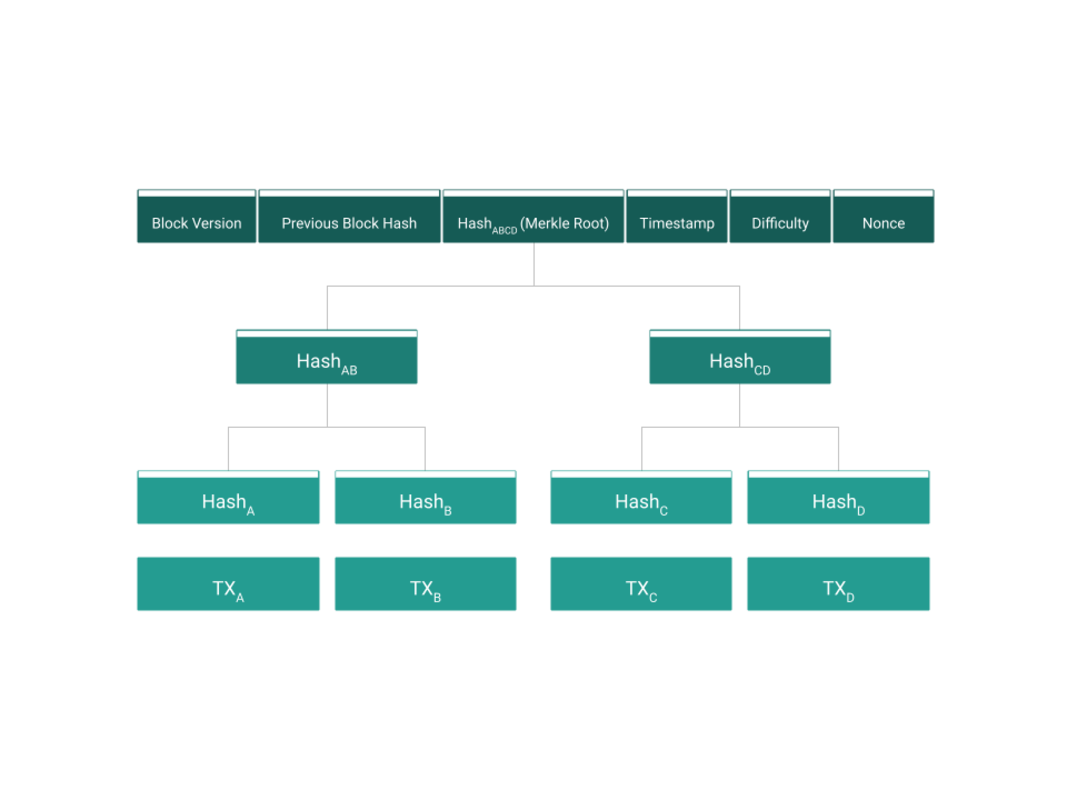BITPACS: DAO Emulation on Bitcoin


I wanted to share some thoughts on a seemingly overlooked innovation that emerged in Bitcoin last year called Bitpacs.
Bitpac stands for Bitcoin-based, publicly auditable cooperative. Bitpacs are essentially regular Bitcoin multi-signature wallets with the added benefit of public auditing. Traditionally, in multisig settings, multisig participants are not made public. In Bitpac multi-signature, participants are intentionally disclosed, allowing for transparent auditing. This transparency enables the creation of unique features, tools, rules, and transactions. Bitpacs’ goal is to emulate the familiar DAO experience on other chains.
DAOs are marketed as decentralized autonomous organizations. However, Ethereum and other altcoin-based DAOs only inherit the “decentralization” of the chain, so they are not as decentralized as the same experience built on Bitcoin. DAOs are not autonomous because they control and shape the decisions made by humans. We believe that the Bitpac definition is a more honest description of the technology involved and will ultimately result in a better experience for users.
Why should Bitcoin miners care about DAO? As of February 18, 2024, Ethereum’s DAO has a treasury of over $35 billion. There were millions of DAO proposal creators and voters, and hundreds of millions of dollars were transacted through DAO governance. (Source) There is a clear need for on-chain governance and community management, and Bitpacs allows this to be applied to Bitcoin.
How does Bitpac actually work?
Bitpacs does not directly leverage smart contracts on the Bitcoin blockchain itself, but achieves DAO-like functionality through a combination of multi-signature wallets and carefully crafted Bitcoin transactions. The structures enabled by this include most of the tasks performed by a DAO.
- Multisig ensures that no one person can unilaterally control Bitpac funds, requiring spending on a quorum basis.
- The signature threshold, which dictates the number of signatures required to complete a transaction (e.g. 3 out of 5 or 6 out of 10), can fine-tune the required voting threshold based on defined Bitpac consensus requirements.
- You can apply time constraints to voting rounds to terminate the signature process for proposals that do not meet the signature threshold by the end of the voting period.
- Depending on certain criteria, membership gating in Bitpacs can be done at the platform level, such as unique assets held, bitcoins donated to the treasury, or known wallet addresses, all of which can be verified on chain.
- All of these mechanics, which cannot be enforced through Bitcoin scripts or pre-signed transactions and must rely on social enforcement, are transparently verifiable on-chain ensuring detection of violations of Bitpac rules.
What do Bitpacs enable in Bitcoin?
Bitpacs opens up exciting possibilities for Bitcoin users.
- Community-driven fundraising: Raising funds for public goods, projects, or philanthropy becomes more efficient and secure with Bitpacs. The transparent nature of multisig allows contributors to trust that their funds will be used as intended.
- Decentralized Governance: Bitpacs empowers the community to make collective decisions about allocating and spending funds. Voting rights are distributed to key holders, ensuring a transparent and verifiable process.
- Increased Trust and Collaboration: Bitpacs builds trust and fosters collaboration between individuals with common interests by removing the opacity associated with traditional financial systems, and does so entirely on-chain.
Specific examples of Bitpac use cases include:
- Open Source Development Funding: Developers can create Bitpac to receive community funding for their projects, with transparent spending records ensuring accountability to backers.
- Community Treasury Management: Any organization can leverage Bitpacs for transparent management of funds, allowing members to track spending, create proposals, and participate in decision-making.
- Crowdfunding: Bitpacs can be used as a means to crowdfund Bitcoin from a group of supporters for a pre-established shared goal, company, investment fund or project.
A key lesson the industry has learned over the past year has been how much innovation and experimentation can be done on native Bitcoin without changing the network. We have seen tremendous interest in BitVM, Ordinals, rollups, sidechains, layers, and metaprotocols within Bitcoin’s current consensus. There is a Cambrian explosion of developer and user interest in Bitcoin, and this is not slowing down anytime soon. Tens of thousands of new niche communities will emerge on Bitcoin in the next few years. This does not include traditional companies, which continue to show a trend toward Bitcoin adoption over time. Bitpacs can provide community organization, financial management, and on-chain governance agnostically.
The thousands of ideas “built on top of Bitcoin” must have one thing in common: they must ultimately be solved at the base layer. Over time, different governance methods will be experimented with, but this is why Bitpacs could be a superior model. Bitpac members can vote directly on the Treasury and transactions occur at the base layer. There are no sidechains, layers, or additional protocols that Bitpac members must trust. Potentially in this cycle, people will begin to realize that Bitcoin block space is as scarce as Bitcoin assets. As we move towards a hyperbitcoinized world with countries and institutions transacting, I think Bitpac, representing a large community or corporate treasury, will be one of the few that will justify what happens at the base layer.
–
Anyone can create their own Bitpac. @Tribe_btc is a centralized project working with the goal of creating a full suite of tools for Bitpacs. Tribe plans to release Bitpac documentation soon.
Dylan Healy
BD / Partnership BTC Inc. @dillonhealybtc


